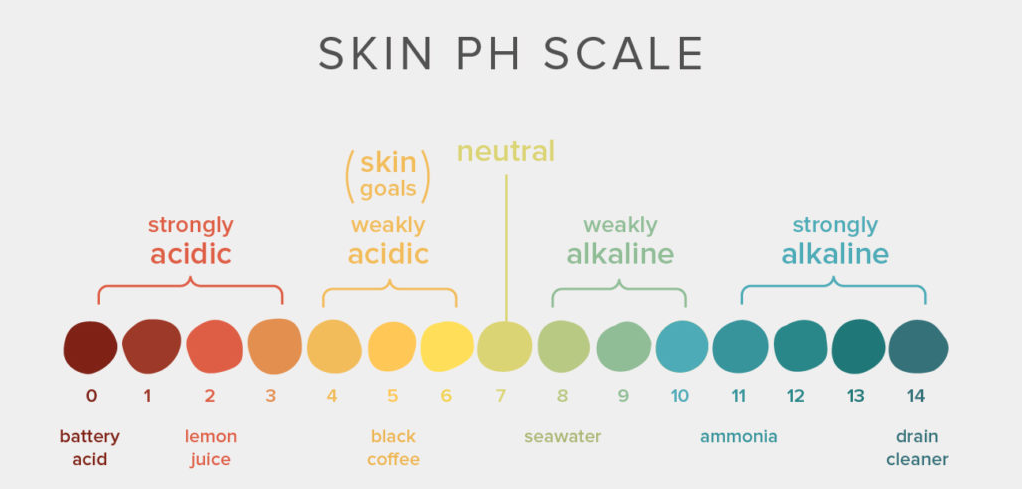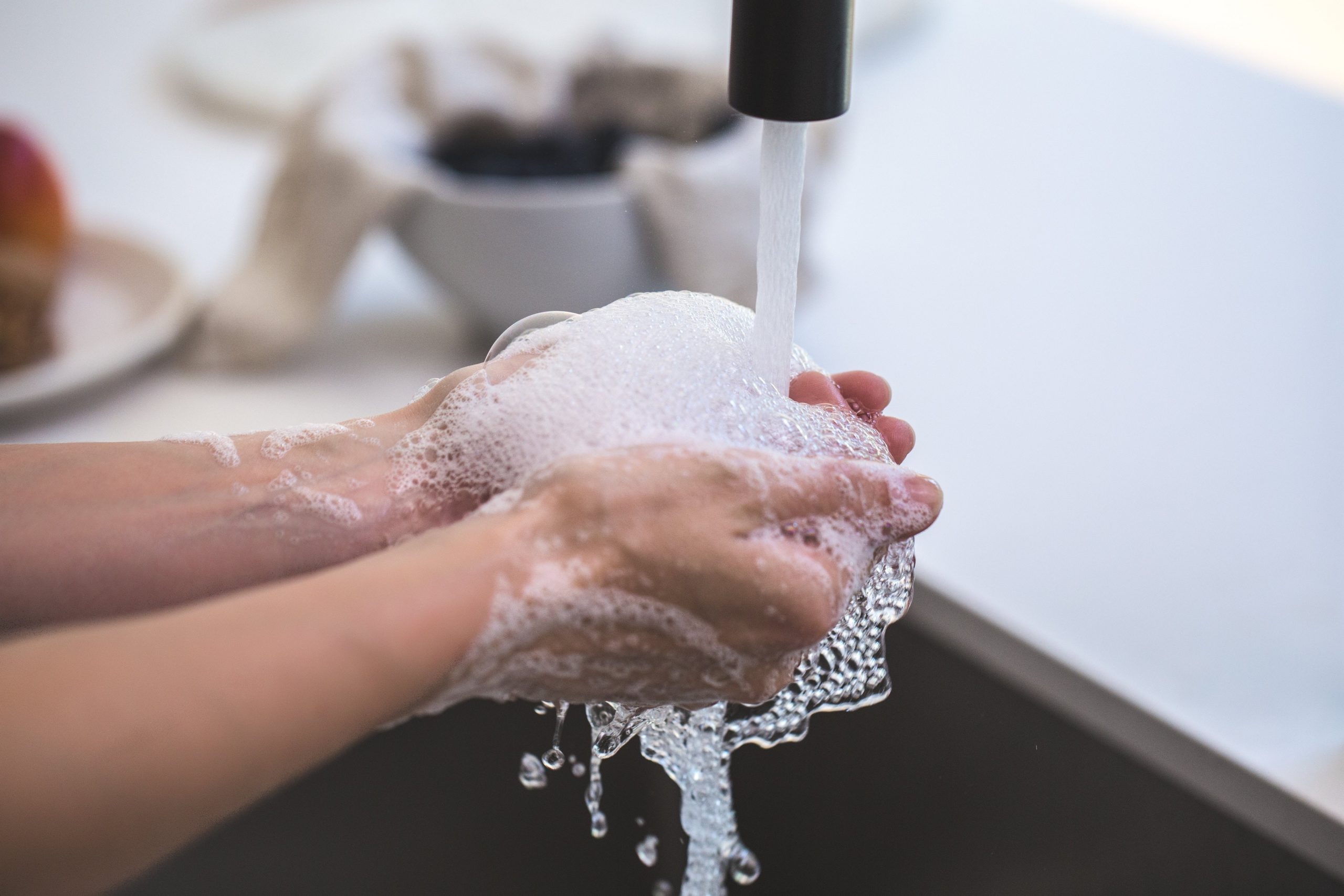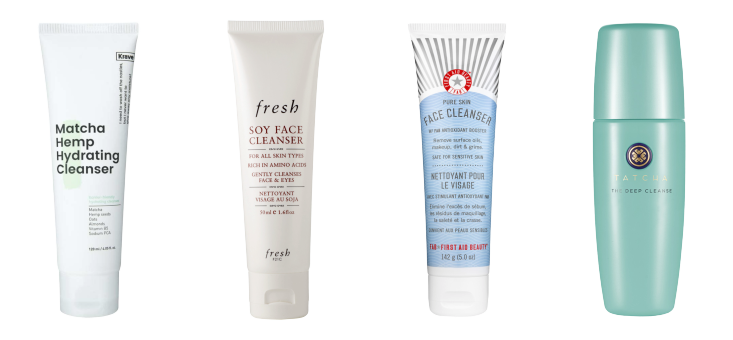We all know how the health and overall look of our skin is based off a myriad of internal and external causes – from a balanced diet and moderate intake of alcohol to using the right skincare products and staying out of the sun. However all these factors just make it impossible for our complexion to look and feel perfect 24/7 – though wouldn’t that be the dream.
There will be times as well that we could have the perfect lifestyle and curated the perfect skincare routine – but still suffer from skin issues from time to time. You may or may not know this, but there’s another invisible factor that could tip the scales from you having your best skin day, to one where you’re hopelessly battling irritation, dryness, blemishes, and redness – the pH level of your skin.

If you didn’t grow up taking basic chemistry classes, pH basically stands for potential hydrogen and determines a substance’s acidity level. The scale ranges from 1 to 14, with the lower numbers considered highly acidic (think citrus fruits and vinegar), the highest numbers are alkaline (your soaps and detergents), and the neutral point being the pH of 7.
Our skin has a protective barrier on the top layer called the Acid Mantle, and for it to be healthy, your skin’s pH needs to clock in at around 5.5 – meaning our skin is actually slightly acidic in nature. There are plenty of internal and external factors that can affect your skin’s pH, such as eating plenty of alkalising foods, spending too much time out in the sun and pollution, or what products we use topically. If your skin has a pH imbalance, it can actually wreck havoc on your skin and be the cause of common issues such as sensitivity and blemishes.
A balancing act
Getting your skin’s pH back on track and maintaining it isn’t rocket science. First you’ll need to identify what the symptoms look like before you can correct the imbalance. Here’s a rough guide: if your skin’s pH is too alkaline, your skin will feel and appear tight, dry and dull. This also greatly damages your skin’s acid mantle, making it an ideal breeding ground for acne-causing bacteria. Having a weak acid mantle also makes your skin more susceptible to sensitivity, so treating your spots with harsh acne-fighting ingredients or exfoliating acids will only exacerbate the situation.
On the other hand, if your skin pH becomes too acidic, you end up compromising your skin’s natural lipid barrier – which causes a loss of your natural oils to maintain optimal hydration and moisture. This leads to transepidermal water loss (TEWL), which causes dehydration in the skin. Irritation and redness will also appear since your skin is overworking to produce too much sebum to combat the ongoing dehydration.
The root of the problem

It’s a no-brainer that external products can affect your skin’s pH. According to a study by the International Journal of Cosmetic Science, even the very water you use to cleanse your face can have an impact on your skin’s pH! Certain skincare products like harsh cleansers can also disrupt your skin’s pH (that squeaky clean feeling you get after cleansing indicates your skin is too alkaline). Cleansers usually contain surfactants or soaps that may help to cleanse the skin, but also raise your skin’s alkaline levels. Washing your face too often and not rebalancing it with other products can also increase your acid mantle’s pH for an extended period of time. On the other hand, if you use too much acids on your skin such as overdoing it on your chemical toners, you also end up damaging your acid mantle and leaving it vulnerable to infection, sensitivity and dryness.
Your skin can also be affected by environmental factors such as sun exposure, climate, seasonal changes, and pollution. Diet also plays a factor in changes in your pH, which is an area of skincare research that, to this day, is still undergoing extensive study. As a rule of thumb, always continue to apply sunscreen, use the right products according to the climate you’re in, and avoid foods with a high glycemic index such as white bread, white rice, and potatoes.
How to maintain your skin’s pH

Though it’s nearly impossible to keep your pH levels balanced every moment of every day, there are ways to help return your skin to its normal state and keeping it that way for as long as possible. Internally it goes without saying that a diet rich in whole foods and nutrients found in dark green vegetables, citrus fruits, and whole grains can help maintain the balance of your skin from the inside out.
As for skincare, always opt for gentle formulations and cleansers that are closer to your skin’s natural pH. Trying out a skin-friendly toner is also a great way to restore your skin’s natural pH level. If possible, you can purchase an at-home testing kit to test which products are actually beneficial for your skin. As for exfoliating toners or chemical peels that are naturally more acidic, use them sparingly to prevent irritation and sensitivity, or rebalance your skin with a neutraliser or follow up with a more alkaline skincare product.
Product images courtesy of the respective brands.
Featured image: Pexels.










